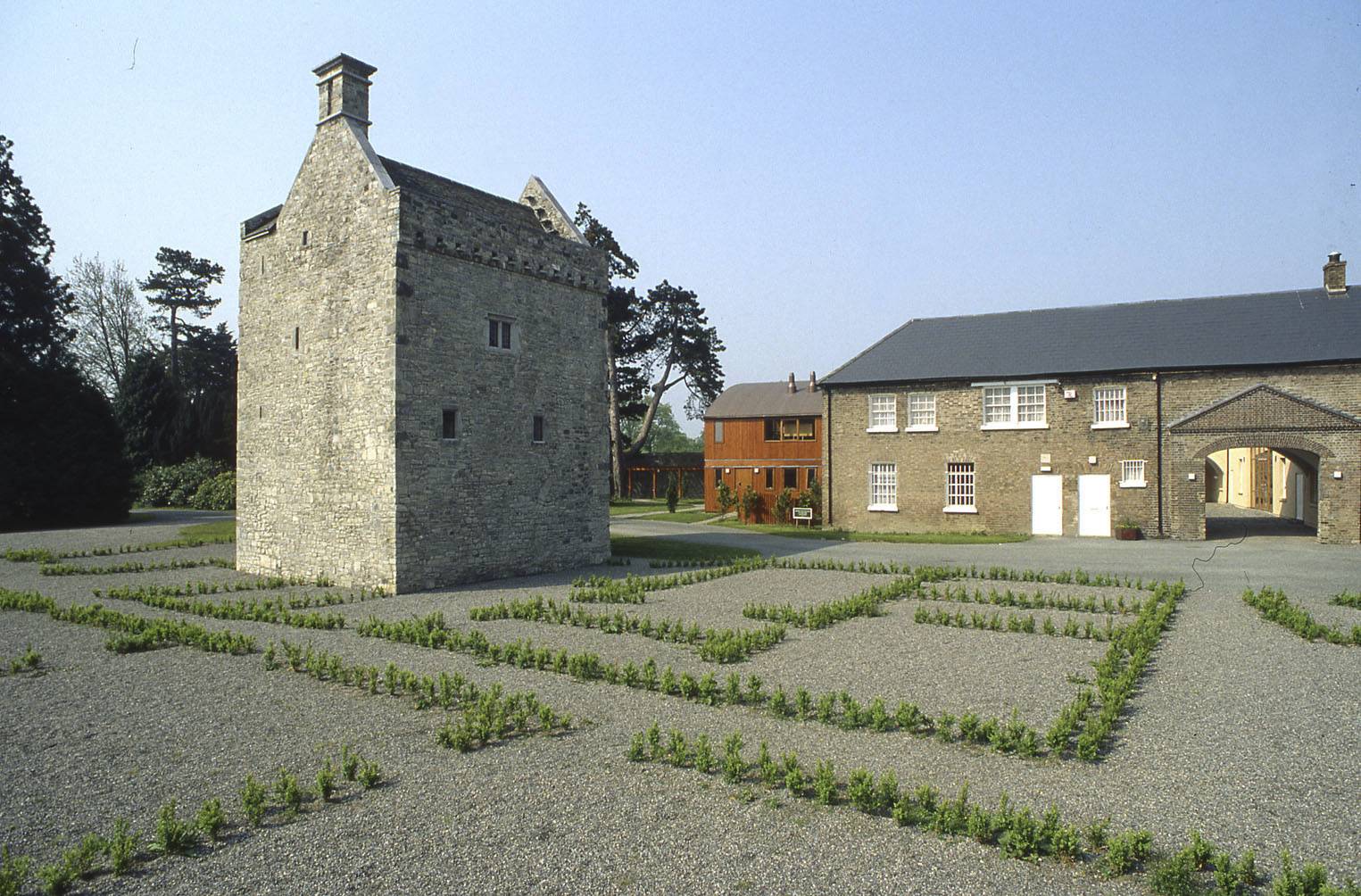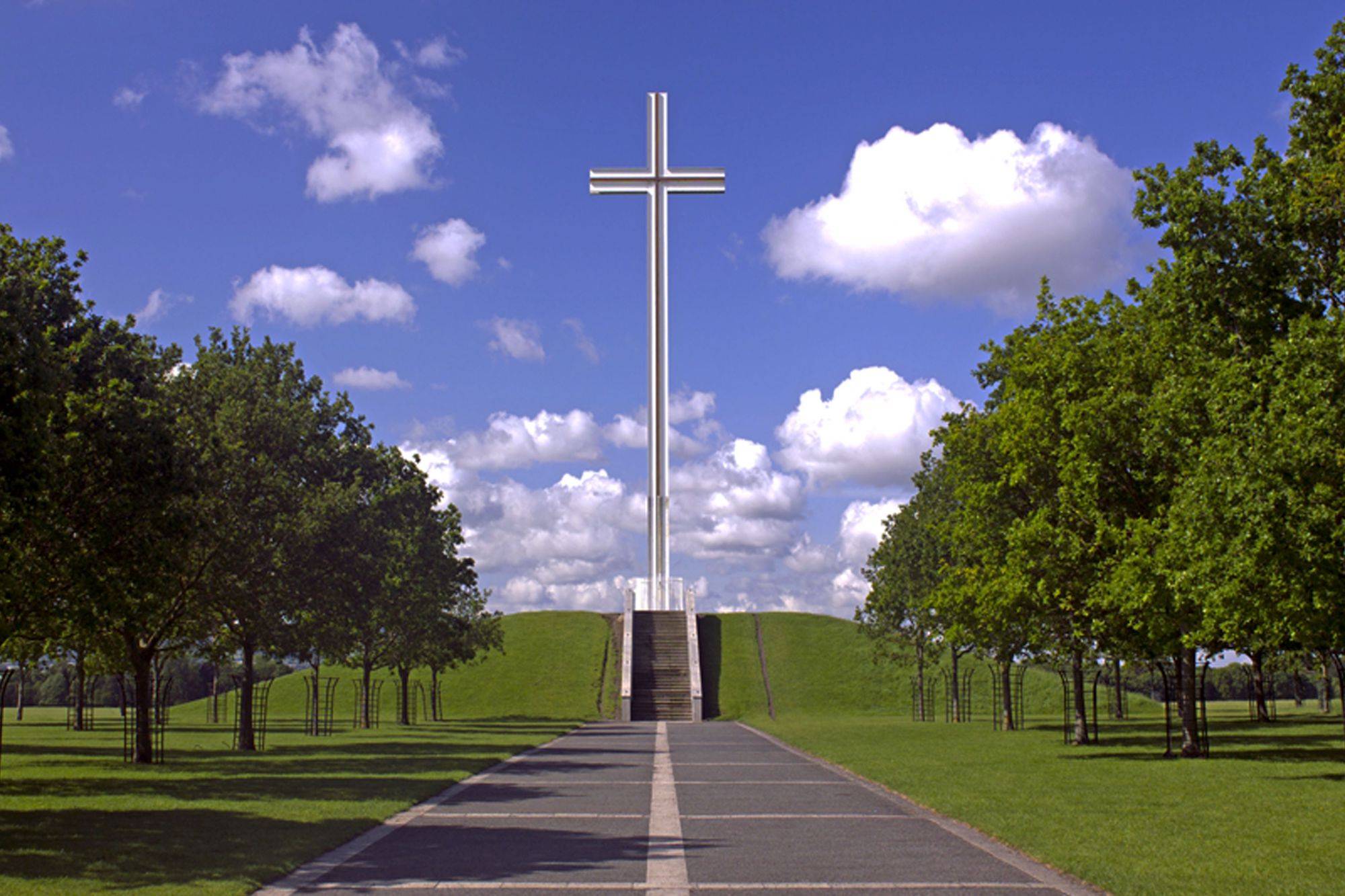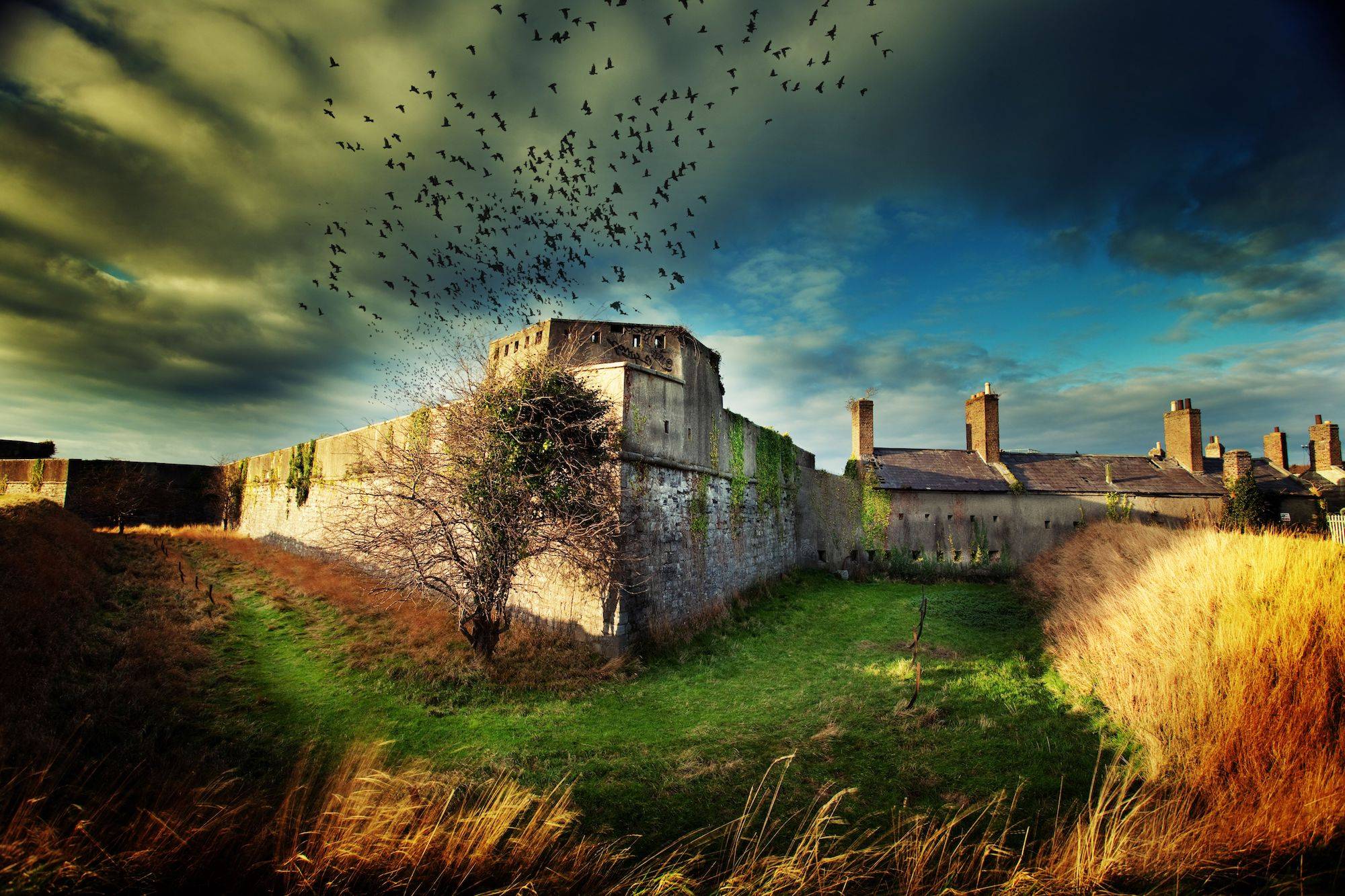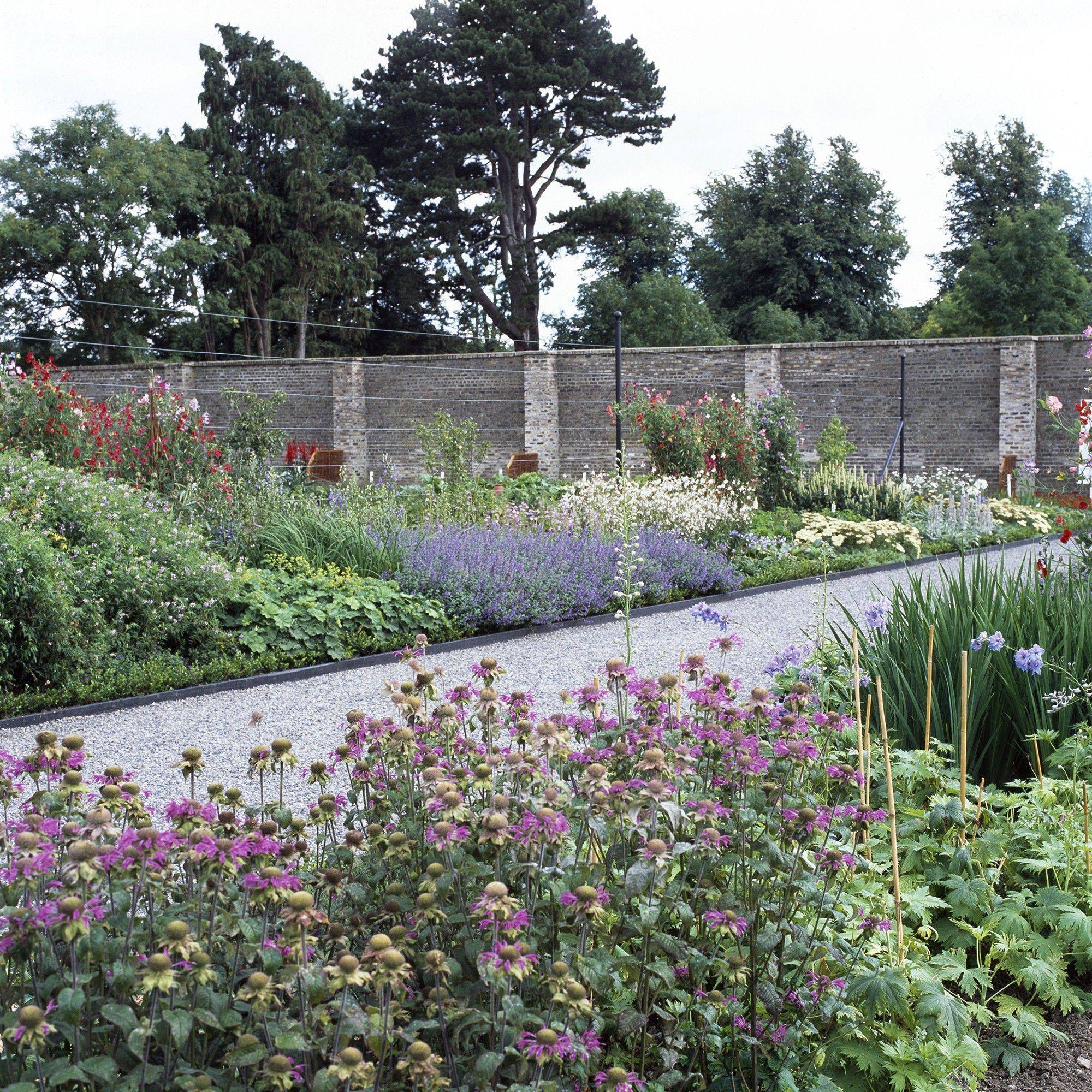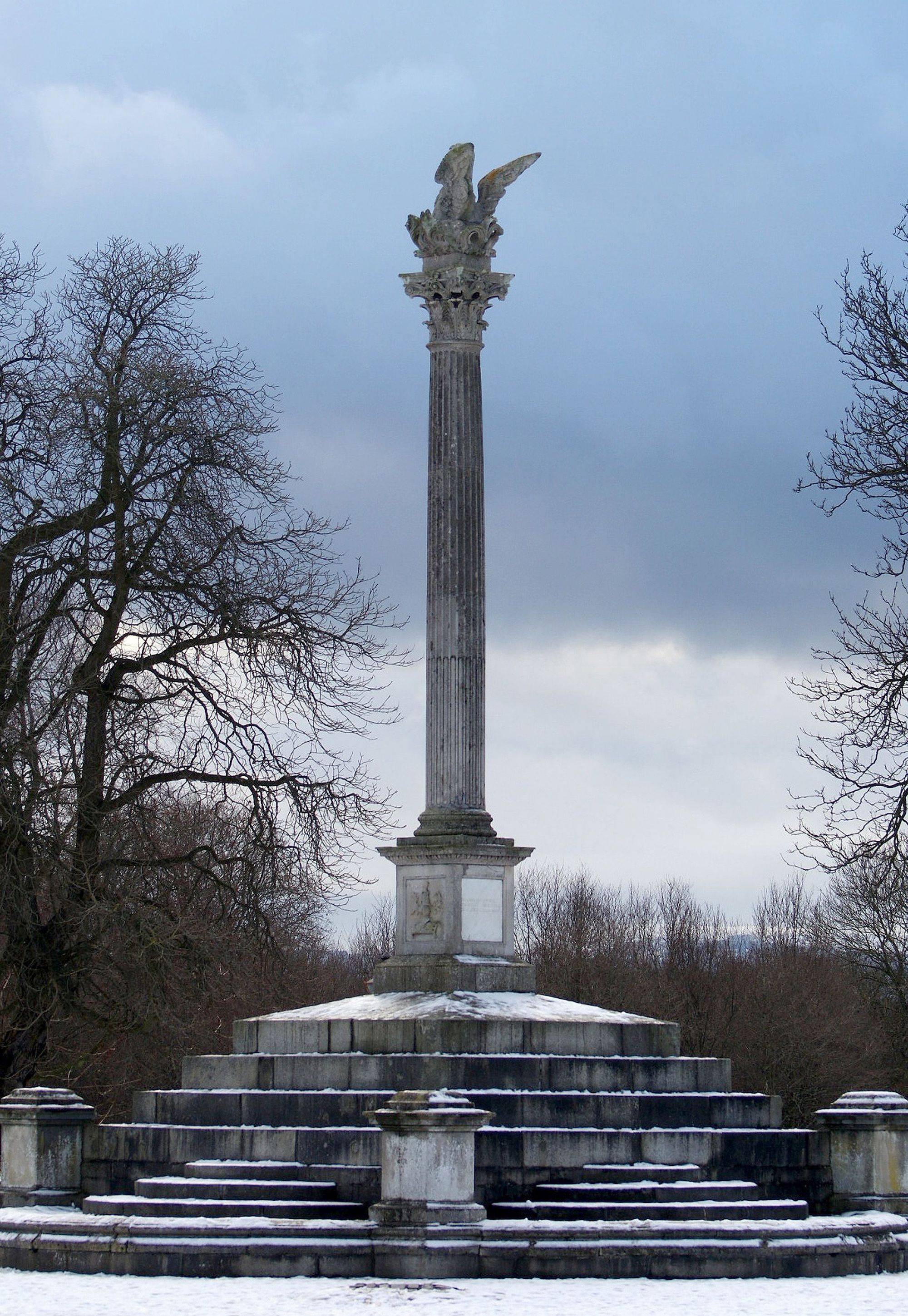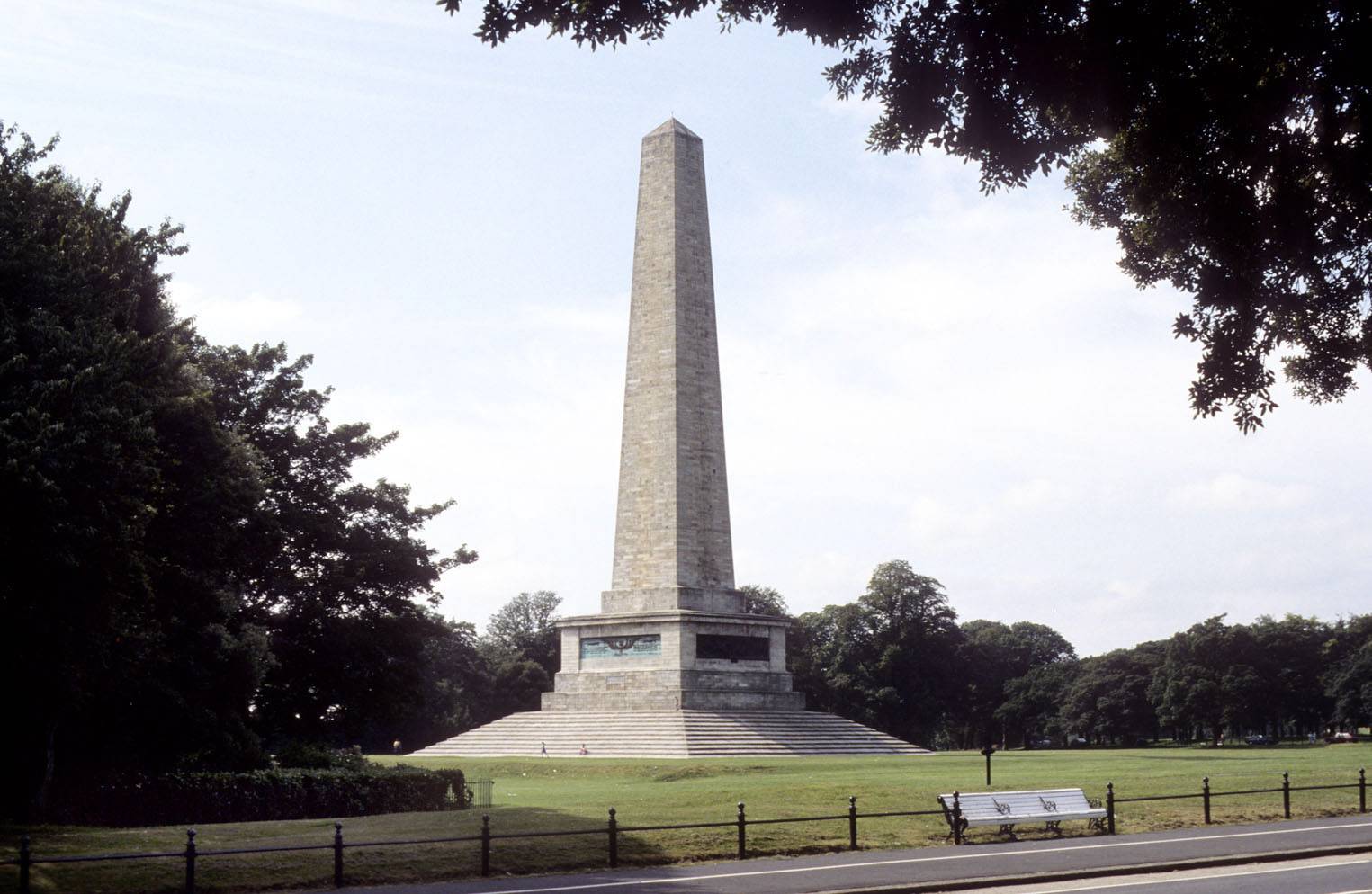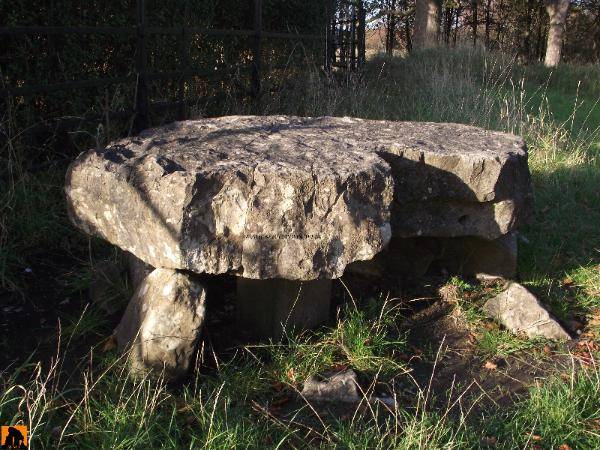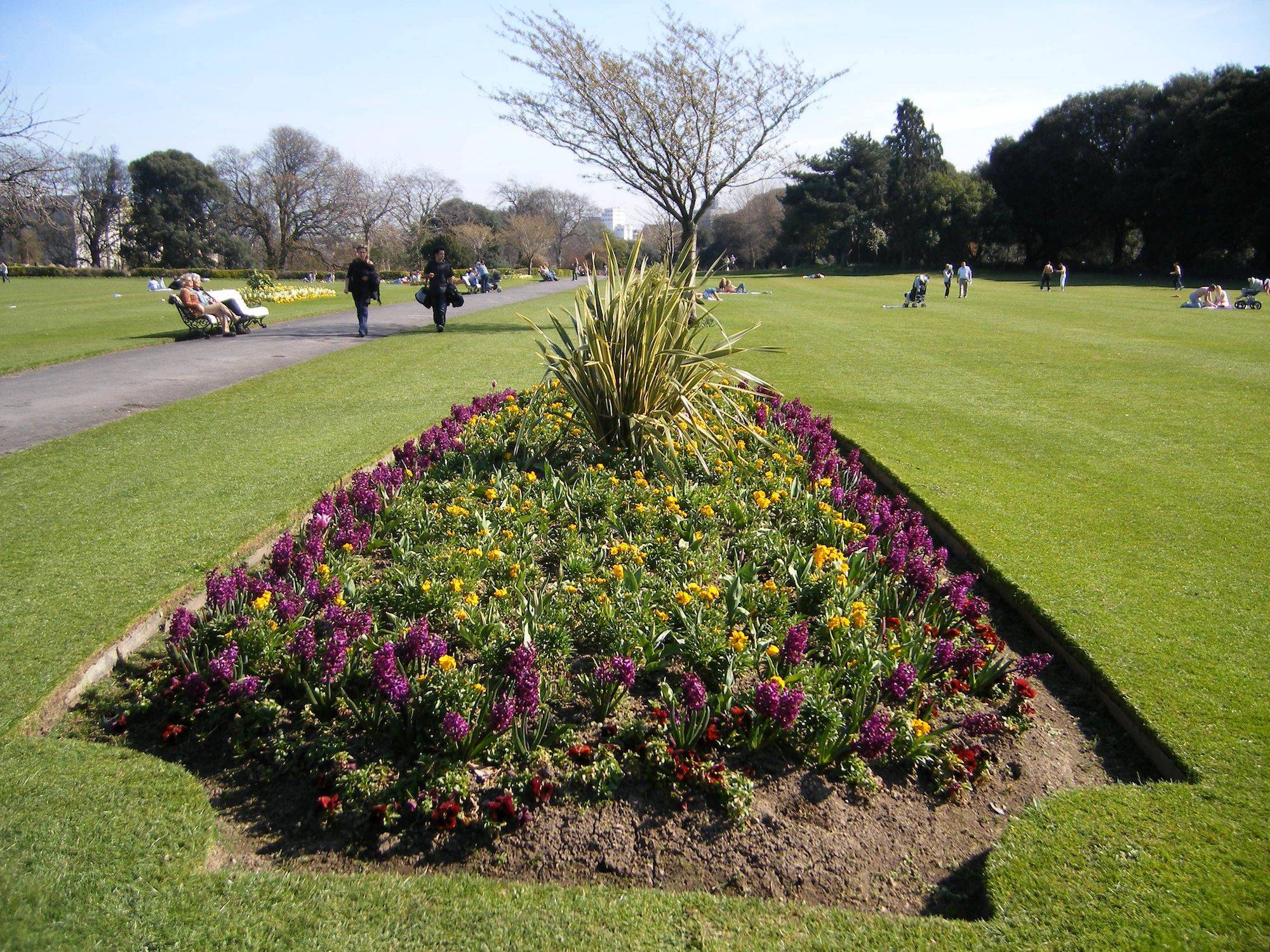Phoenix Park is open every day throughout the year.
The Park currently holds a Green Flag Award, and there is no admission fee to explore its many sights. Please read notices for public caution, particularly in regard to dog-walking and interacting with the wild deer in the Park. Please note that BBQs are not permitted in the Park for public and fire safety reasons.
Click here for more information on opening times.
The Magazine Fort
The Magazine Fort in the south east of the Park marks the location where Phoenix Lodge was built by Sir Edward Fisher in 1611.
In 1734 the house was knocked when the Duke of Dorset directed that a powder magazine be provided for Dublin. An additional wing was added to the fort in 1801 for troops.
Prehistoric Burial Chamber
West of St. Mary’s Hospital, on the hill of Knockmary, stands a prehistoric burial chamber over 5,500 yrs old.
The tumulus, which covered it, was opened in 1838 and skeletons, pottery and other relics, now in the National Museum were discovered.
A similar sepulchre found in a gravel pit at Chapelizod was re-erected in the Zoological Gardens. For more on the prehistoric burial chamber in the Phoenix Park, click here for its entry on Megalithic Monuments of Ireland.
The Papal Cross
The Papal Cross is a simple large white cross that was erected near the edge of the Fifteen Acres for the Papal visit of Pope John Paul II on the 29th September 1979. On this day, before travelling to Drogheda, Co. Louth, Pope John Paul II delivered an open-air sermon to more than 1.25 million people. The Papal Cross was designed by the Irish firm of Scott Tallon Walker Architects and constructed by John Sisk & Sons. It stands 116 feet high and is made of steel girders. After several attempts to erect the cross, it was eventually put in place on the 14th September, which is also the feast day of the Exaltation of the Cross. When Pope John Paul II died in Rome on the 2nd April 2005, at the age of 84 years, a memorial service was held soon afterwards at this site. On the 8th April 2005, it hosted many thousands of people who gathered in tribute, leaving flowers and other tokens of remembrance of him.
The People’s Gardens
The Victorian People’s Flower Gardens comprise of an area of twenty-two acres, which were laid out around 1840 and opened in 1864. They provide an opportunity to display Victorian horticulture at its best. A large ornamental lake, children’s playground, picnic areas and Victorian bedding schemes are just some of the attractions.
For opening hours please click here
The Phoenix Monument
The Phoenix Monument was erected by the fourth Earl of Chesterfield in 1747. The column was carved in Portland stone.
It is in the shape of a Corinthian column with a Phoenix bird rising from the ashes at its pinnacle.
It is located in the centre of the Park and forms a focal point of a large roundabout on the beautiful tree-lined Chesterfield Avenue.
The Wellington Testimonial
The Wellington Testimonial was designed by Robert Smirke as a testimonial to Arthur Wellesley, Duke of Wellington, who is reputed to have been born in Dublin. It was completed in 1861 and is the tallest obelisk in Europe at just over sixty-two metres tall. There are four bronze plaques cast from cannons captured at Waterloo; three of which have pictorial representations of his career while the fourth has an inscription at the base of the obelisk. Read more on the National Inventory of Architectural Heritage website.
Ashtown Castle and Demesne
Ashtown Demesne accessed off the Phoenix roundabout on Chesterfield Avenue, has numerous attractions for young and old alike. These include Ashtown Castle, a two and half acre Victorian Kitchen Walled Garden, the Phoenix Park Visitor Centre, the Phoenix Café, toilets, car and coach parking, woodland walks, picnic areas and a universal access playground.
Ashtown Castle is a medieval tower-house. Until 1978, this castle was hidden within the walls of a Georgian mansion (called Ashtown Lodge) that was occupied by the Under Secretary for Ireland. When the Georgian house was demolished in the late seventies, the castle was discovered inside. It has since been restored and is now open to the public. It may date from as early as the fifteenth century.
Victorian Walled Kitchen Garden
The Victorian Walled Kitchen Garden is a two and a half-acre garden set in the grounds of Ashtown Castle (next to the Phoenix Park Visitor Centre). The Walled Garden is currently being restored to its original mid-Victorian layout. The garden will inspire and educate the public on the horticultural skills involved in the design and layout of a Victorian Kitchen Garden, as well as the growing of fruit, vegetables and flowers, with colourful summer displays such as Sweet Pea, Chrysanthemums, Lupins and Campanula (Bellflower) along with a wide range of fruit and vegetables.
